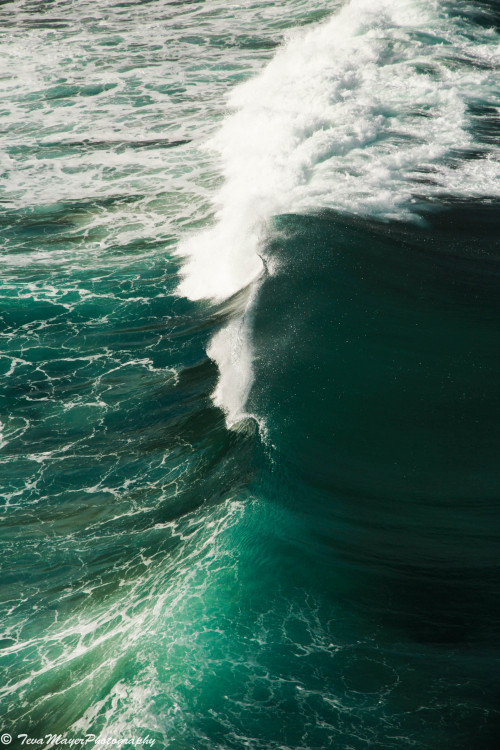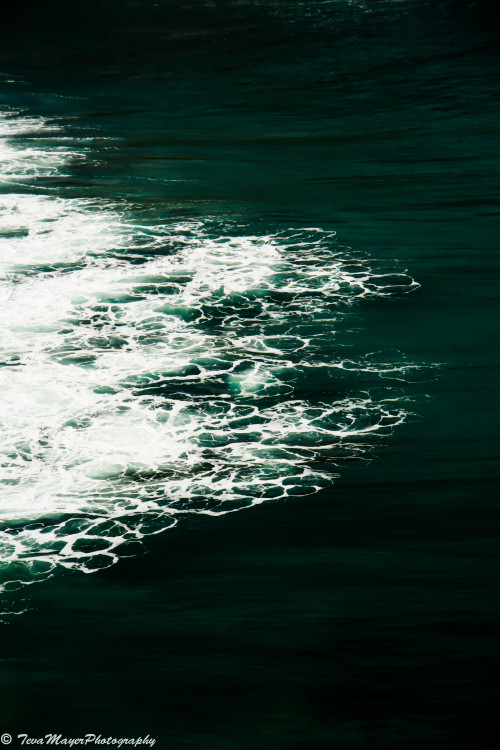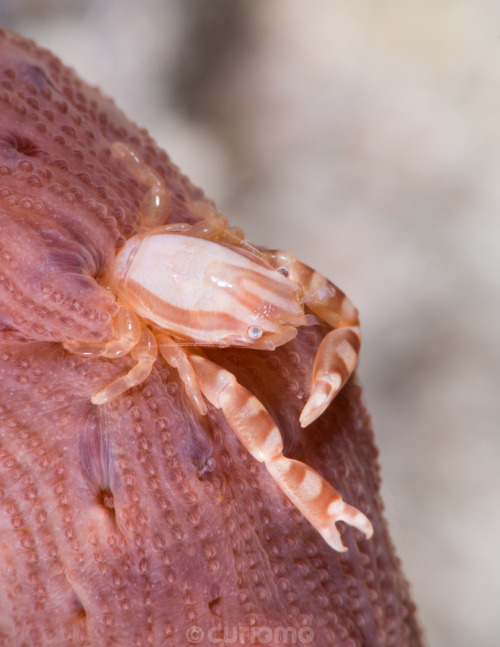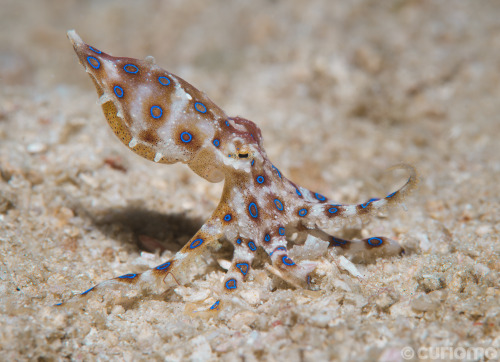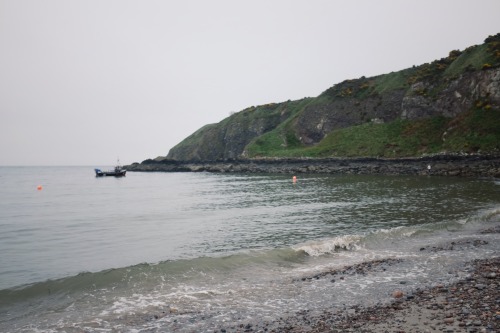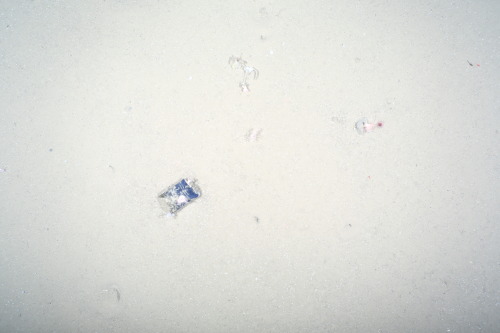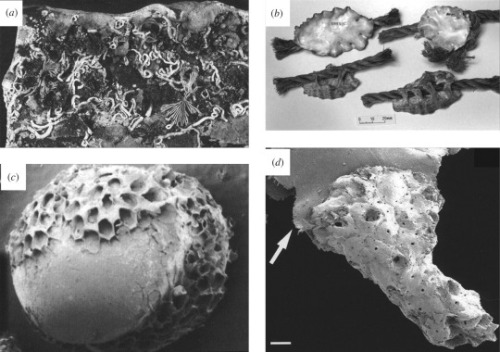#oceans
City Lights on the Water
#boat #boats #bay #bays #sea #seas #ocean #oceans #maritime #water #sailboat #yacht #floating #longexposure #cool #pretty #lights #city #reflection #reflections #miami #florida #southflorida #photographer #photo #photos #pics #photography #nofilter #outdoors
Post link

Polycera abei is a dorid nudibranch that has a wide range in the Indo-Pacific. It grows about 1.5 cm long, and feeds on small bryozoans. As seen in the photo, this species can have a yellow body, but it has also been found colourless.


Seafret || Oceans
(1/12/20)
Cuttlefish are amazing creatures that can instantly vary their color and shape either for camouflage or to communicate with each other. They use jet propulsion to move backward in quick bursts through the water.
The ink that Cuttlefish use to distract and escape from predators has long been used by artists, writers and later, photographers. Its characteristic dark reddish-brown color is where the term “sepia” comes from; Sepia literally means Cuttlefish in ancient Greek, so just think of these amazing cephalopods next time you use a sepia filter on one of your pictures - photo taken in seagrass beds off of North Sulawesi, Celebes Sea
Post link
Spotted Eagle Rays propel themselves through our tropical and warmer temperate oceans using their winglike pectoral fins. Graceful and majestic, they are always a special animal to encounter in the wild. Spotted Eagle Rays’ natural predators are various species of sharks, including the Tiger Shark, Silvertip Shark and Great Hammerhead - photo taken at Meemu Atoll, Maldives, Indian Ocean
Post link
A dreamy scene as this Jellyfish bobs its way through the warm waters of the Indian Ocean - photo taken in the South Andaman Sea, Thailand
Post link
Haig’s Porcelain Crab can be found living on the soft body of various types of Sea Pens - photo taken in the Philippines
Post link
Yellowmask Surgeonfish can alter their body colors from bright blue to nearly black - photo taken at Komodo National Park, Indonesia
Post link
The Crinoid Cuttlefish, like it’s cousin the octopus, can instantaneously control the color and texture of its skin. They do this for many reasons, some being camoflage; communication between individuals; as a threat display to ward off predators or would-be rivals - photo taken at Lembeh Strait, North Sulawesi
Post link
The Blue-Ringed Octopus is a tiny and extremely venomous cephalopod found in the tropical waters of the pacific. Each individual carries enough venom to kill over two dozen people within minutes. There is no anti-venom. However, they are not aggressive and will flash their brilliant blue rings when threatened, as a warning of their toxicity - photo taken at Wainilu, Rinca Island, Indonesia
enjoy my underwater photos? follow me on Instagram
Post link
The underwater world is so amazing when you light it up, unveiling so many rich colors that are typically hidden behind the endless blue caused by the scattering of light as it travels through water.
Once in awhile (usually when my batteries die) I like to shoot using only natural light. This is what a reef can look like to the naked eye.
Giant Trevallies cruising through a school of Bluestreak Fusiliers - photo taken at Castle Rock, North Komodo, Flores Sea
Post link
Sky high: Carbon dioxide levels in air spike past milestone
The amount of heat-trapping carbon dioxide in the atmosphere has shot past a key milestone – more than 50% higher than pre-industrial times – and is at levels not seen since millions of years ago when Earth was a hothouse ocean-inundated planet, federal scientists announced Friday.
The National Oceanic and Atmospheric Administration said its long-time monitoring station at Mauna Loa, Hawaii, averaged 421 parts per million of carbon dioxide for the month of May, which is when the crucial greenhouse gas hits its yearly high. Before the industrial revolution in the late 19th century carbon dioxide levels were at 280 parts per million, scientists said, so humans have significantly changed the atmosphere. Some activists and scientists want a level of 350 parts per million. Industrial carbon dioxide emissions come from the burning of coal, oil and gas.
Levels of the gas continue to rise, when they need to be falling, scientists say. This year’s carbon dioxide level is nearly 1.9 ppm more than a year ago, a slightly bigger jump than from May 2020 to May 2021.

TEMPESTAS
Latin word for tempest, storm. Digitally painted. Stock photos used as reference and texture.
Plastic pollution is found in all oceans. Now we have photographic evidence showing benthic pollution in remote areas such is Arctic.
The accumulation of plastic in the Arctic region is almost certainly not caused by local populations. Marine litter, mayority compound by plastic, it’s carried in from distant regions by currents in the Atlantic Ocean. According to Melanie Bergmann, whom took these pictures, every time finds more litter items on the Arctic seafloor: pieces of a beer bottle, string, glass, fisheries net, a plastic bag and bits of plastic.
Arctic plastic is small, fragmentend, weathered and aged, indicating that it had been traveling the seas for decades, fragmenting into smaller and smaller pieces along the way. Detailed image analysis indicate the trend is still on the increase!
Post link
Pelagic plastic items are commonly colonized by a diversity of encrusting and fouling animals. Most of these are sessile, hard-shelled or crustose organisms and dominated by moss animals (bryozoans). Also included are barnacles, tube worms, foraminifera, coralline algae, hydroids and bivalve molluscs.
Aggregations of marine debris can provide habitats suiting the larval and juvenile stages of numerous marine organisms. They may also attract free-living, ocean-roaming predators that often gather under fish aggregating devices, and where others simply sought a protective haven.
Example of colonization and encrustation on plastic debris from the New Zealand coastline:
(a) Heavy and varied colonization of a plastic slab recovered (note the hard bodied encrustations and soft fleshy epibionts.
(b) Cuttings from a tangled mass of synthetic rope, carrying a cargo of the warm-water Indo-Pacific oyster, Lopha cristagalli, a species that is alien to New Zealand waters.
© Plastic pellet (raw material for manufacture of plastic products) encrusted by the bryozoan Membranipora taberculata.
(d) Small bryozoan colony (Galeopsis mimicus) attached to a frayed plastic flake (arrowed) recovered from a depth of 393 m off the east coast shelf off the South Island. scale bar 0,2 mm.
- Reference (Open Access): Gregory, 2009. Environmental implications of plastic debris in marine settings—entanglement, ingestion, smothering, hangers-on, hitch-hiking and alien invasions. Philosophical Transactions of the Royal Society B: Biological Sciences.
Post link
Examples of benthic debris items observed from the Delta submersible during deep-water surveys on the seafloor off central and southern California:
a) monofilament fishing line in gorgonian corals off central California at 95 m (photo by M. Yoklavich).
b) gill net snagged on rock off southern California at 80 m (photo by D. Schroeder).
c) beer bottle with shortspine combfish off southern California at 182 m (photo by L. Snook).
d) derelict spot prawn trap continuing to capture crabs off southern California at 247 m (photo by M. Love)
Post link


